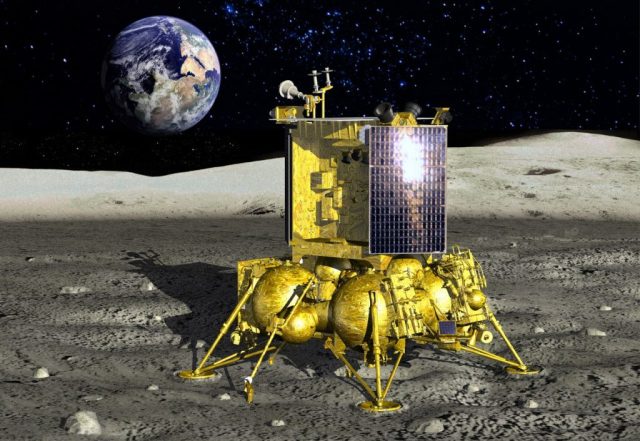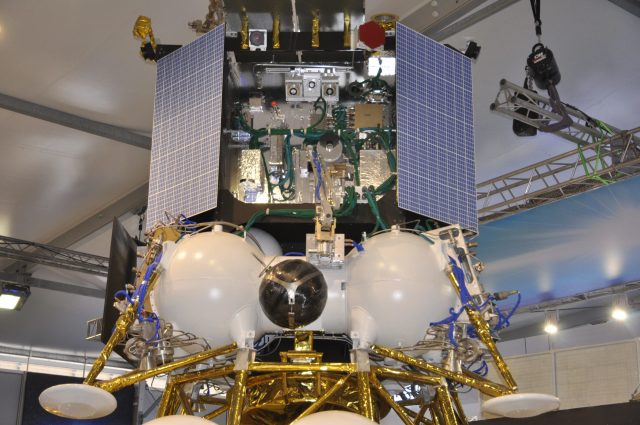Russia may launch the Luna-25 spacecraft on May 25 next year. Previously, they wanted to hold the launch in October 2021.
RIA Novosti sources in the rocket and space industry announced the timing of the launch of the first mission to the moon in the history of modern Russia. "Dates (starting in May) already defined. There will be two or three days when it will be possible to fly. [This is] on the 20th of May, " one of the agency's interlocutors said.
According to another, the launch date of the "Moon-25" can be chosen on May 25. The station should land in the vicinity of the South Pole of the satellite of our planet: the main area is located north of the crater Boguslavsky, the reserve area is southwest of the crater Mancini.
Earlier, Roscosmos postponed the launch of Luna-25 from October this year to May 2022. The reason is the need to conduct additional checks of on-board equipment.
It is worth saying that this is not the first postponement of deadlines. Both Western sanctions and purely technical problems were cited as their reasons.

"Luna-25"
Image source: Roscosmos
The contract for the creation of the lunar landing probe "Luna-25" was signed by Roscosmos and the Lavochkin NGO in January 2013. The device has a mass of 1750 kilograms. The main task of the mission is to develop soft landing technologies on the South Pole of the Moon.
The scientific program of the spacecraft on the surface of the satellite is designed to work for a year. The research will be carried out mainly during the light "lunar day". During the" lunar night", the equipment will be turned off, and they want to maintain the thermal regime at the expense of a radioisotope source.
"Luna-25" is only part of Russia's ambitious program to "return" to the moon (the satellite was actively explored in the Soviet years at the expense of unmanned vehicles). In 2024, they intend to launch the Luna-26 mission, and in 2025-Luna — 27. They want to launch Luna-28 around 2027-2028.
All these missions will be unmanned, but Russia still has plans to launch the first cosmonaut on the satellite. To do this, they are developing a new super-heavy launch vehicle "Yenisei", as well as a manned spacecraft of a new generation.
One of the projects involves launching astronauts to the moon using a heavy Angara rocket and a medium-class Soyuz-2.1 a carrier.
The most ambitious initiative in this regard was the project of the Russian-Chinese lunar station . It is assumed that it will be able to function on a permanent basis. The facility can start operating around the 2030s. The first (preparatory) stage of the program can be implemented already this decade.

